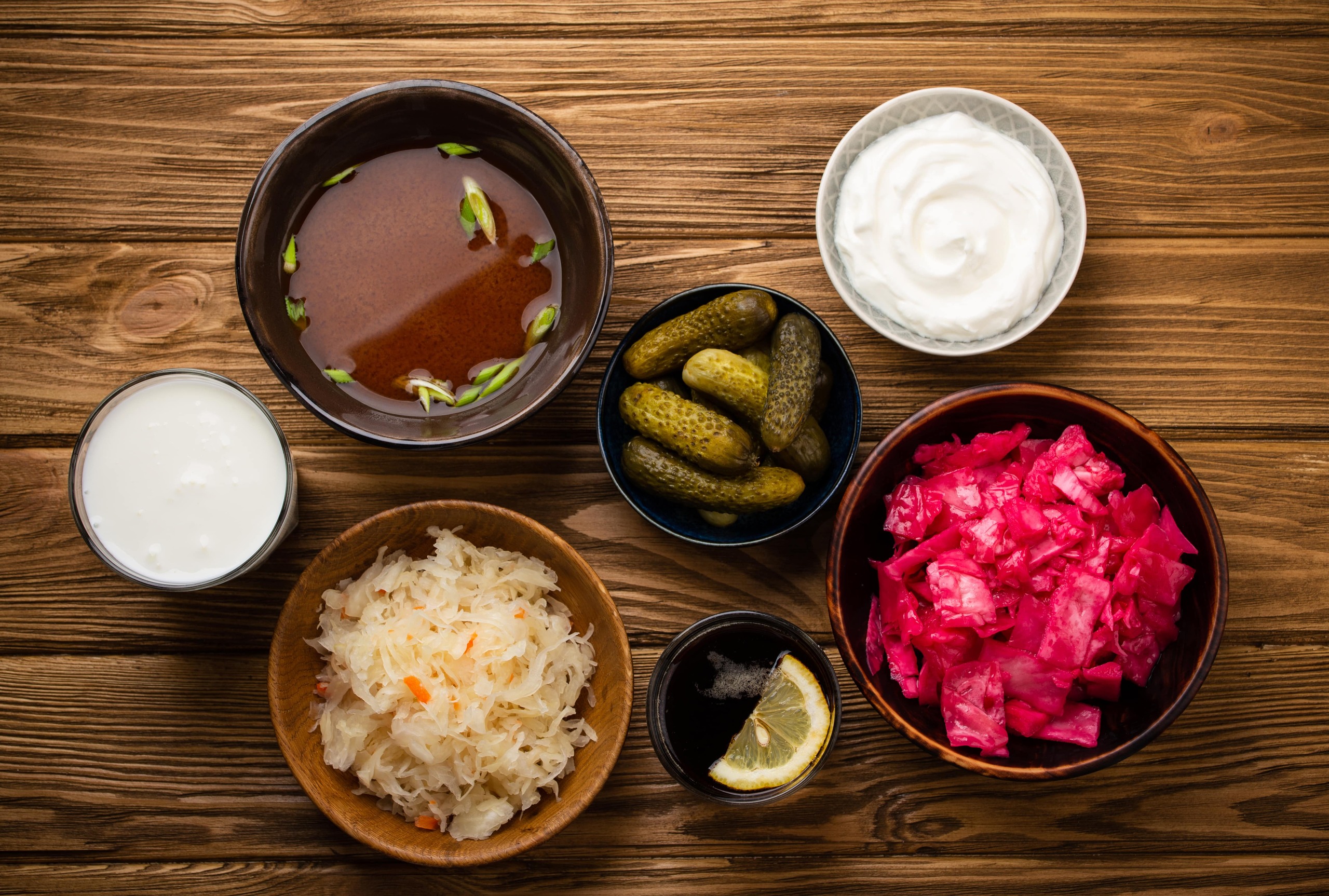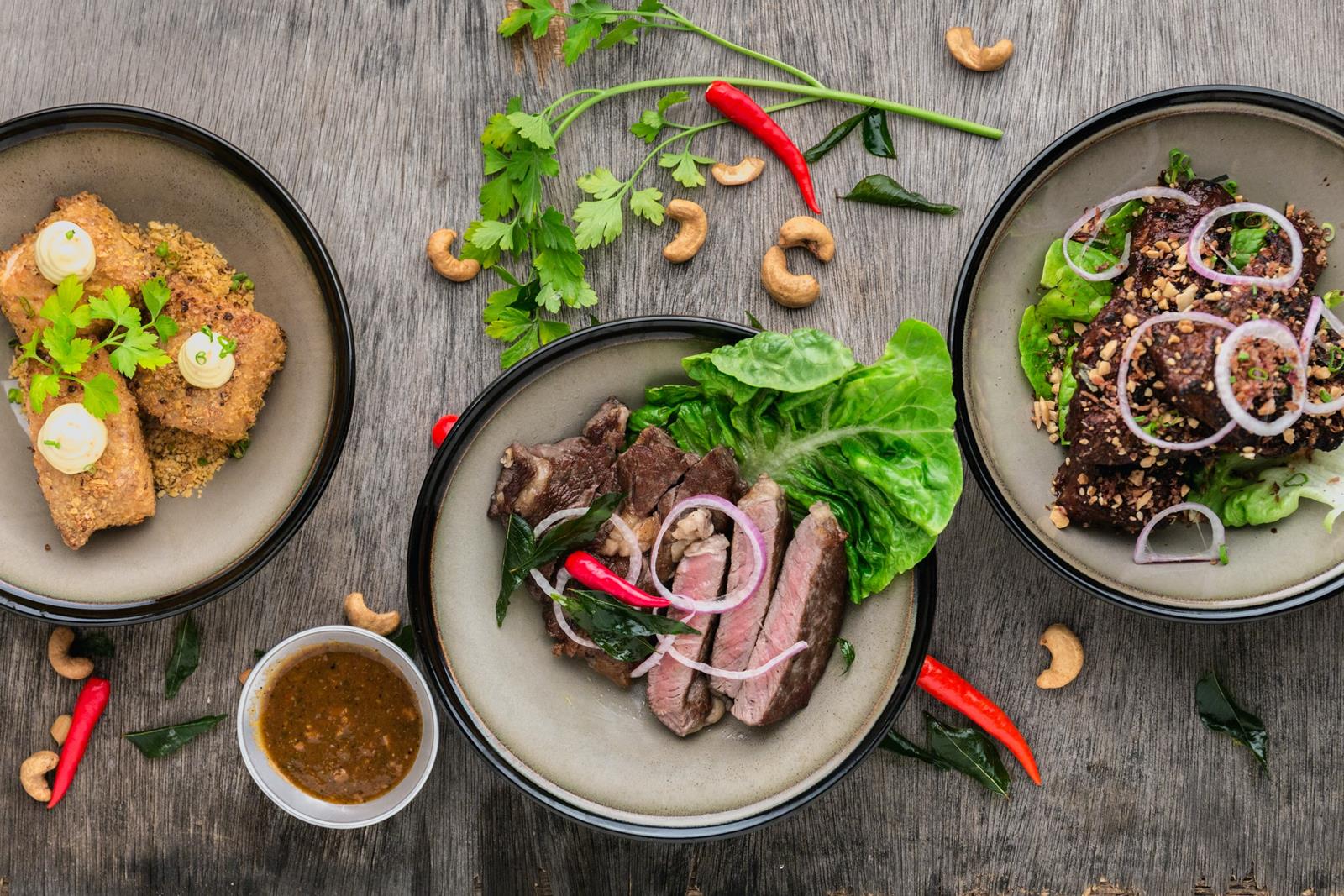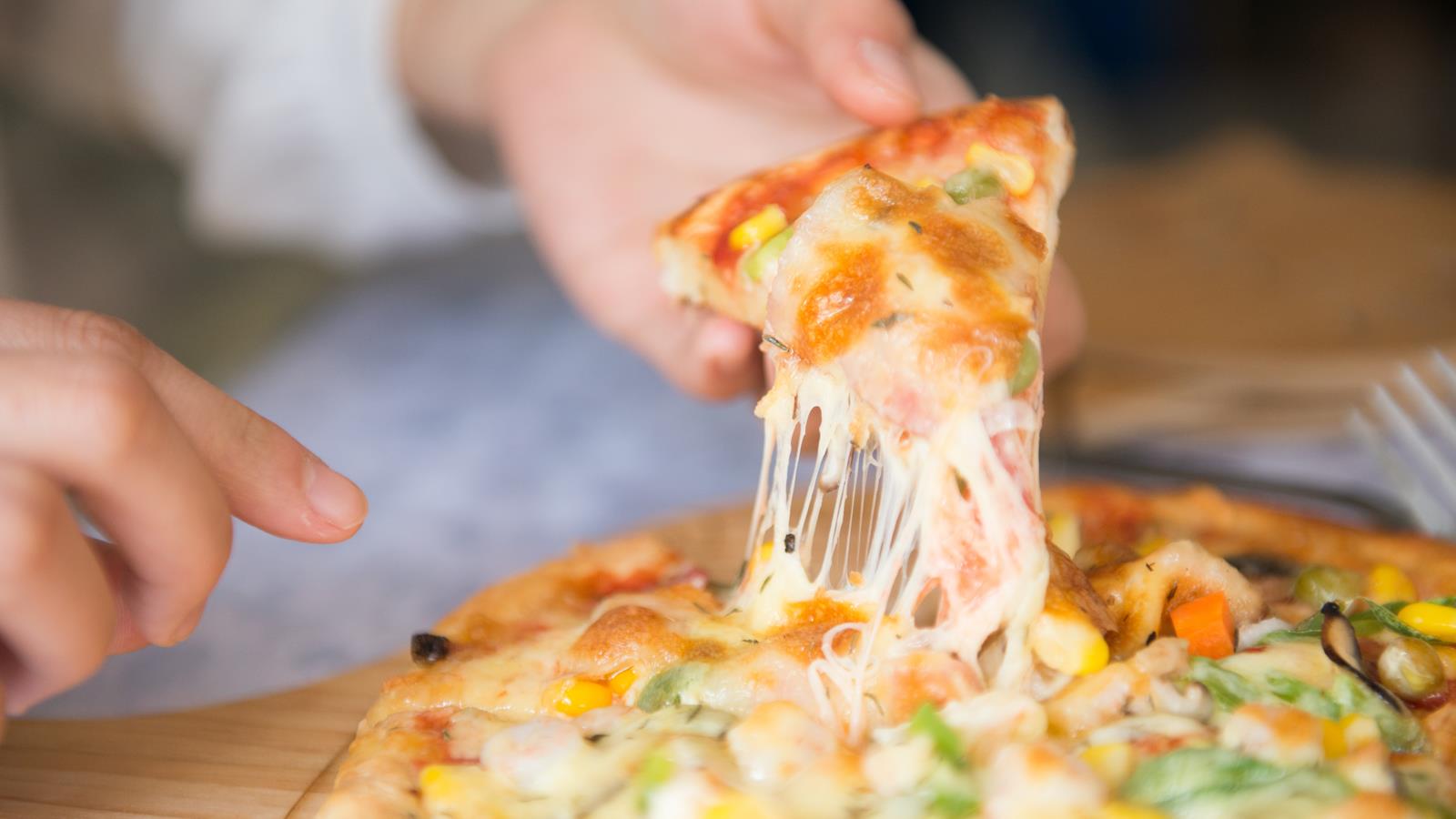Fermented Foods: Unlocking Flavor And Health In Every Bite
Both foodies and health-conscious people have taken an interest in fermented foods since they have become somewhat fashionable. Their distinctive tastes—from the acidic spiciness of kimchi to the effervescent zest of kombucha—not only vary our palates but also provide several health advantages. Packed in probiotics, fermented foods are essential for maintaining gut health, improving absorption of nutrients, and strengthening immune system. This growing curiosity represents not only a passing trend but also a more respect for the ancient fermentation techniques valued over millennia in many civilizations. From the Middle Eastern creamy richness of yogurt to the Japanese savory depth of miso, these foods are entwined into the fabric of world cuisines. Embracing these savory classics helps us to rediscover the customs that have kept and improved our food, therefore stressing their importance in our diets and in our cultural legacy.
What Are Fermented Foods?
Through the amazing activity of microorganisms including bacteria and yeast, fermentation turns common chemicals into something really remarkable. When you feed these microscopic creatures a food item—say milk for yogurt or cabbage for sauerkraut—they start to break down carbohydrates and starches. This approach not only preserves the food but also generates unique flavors and sensations that are difficultly replicable in processed replacements. While yogurt turns creamy and sour when the bacteria convert lactose into lactic acid, sauerkraut, for example, uses the cabbage ferments, turning acidic and crunchy.
Now let us review many well-known fermented foods. Popular Korean cuisine, Kimchi starts with fresh vegetables—often napa cabbage and radishes—mixing them with seasonings and letting them ferment. This produces a vivid, spicy dinner filled in probiotics. Conversely, kombucha creates sweetened tea ferments from a symbiotic colony of bacteria and yeast frothy, energetic drink. Every one of these fermented foods improves the nutritional content of the original components, thereby facilitating the absorption of vitamins and minerals by our bodies, and also gives our meals a delicious twist!
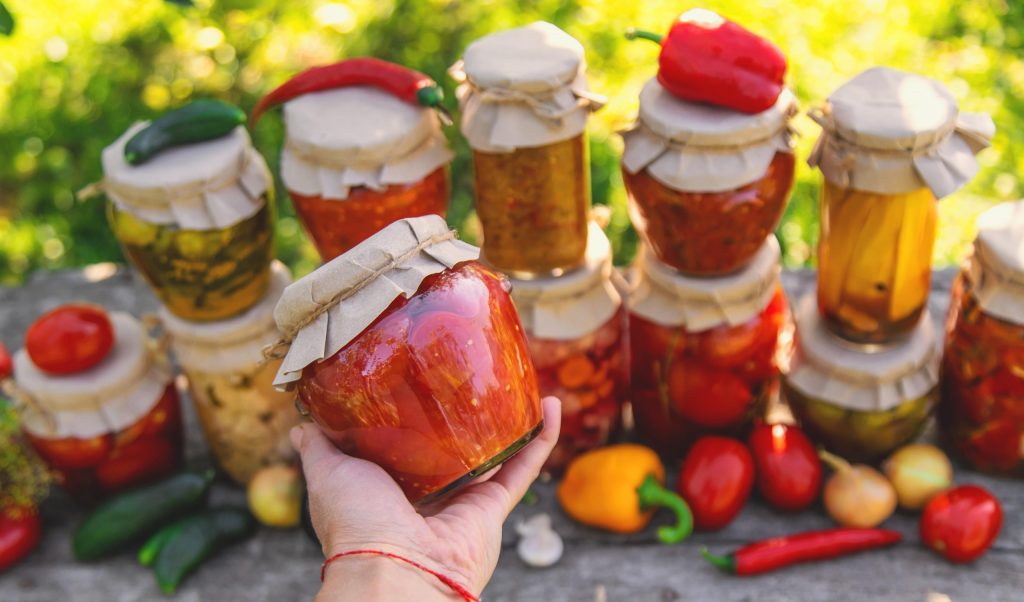
Boosting Gut Health with Probiotics
Support of digestive health depends critically on the friendly bacteria known as probiotics, which abound in fermenting foods. Foods like yogurt, sauerkraut, and kimchi bring these helpful bacteria into your stomach. Smooth digestion depends on a balance of gut flora, which they assist to restore. This harmony will help with typical digestive problems including constipation, gas, and bloating, therefore improving the state of your gut!
Still, probiotics offer benefits beyond merely better gastrointestinal performance. By breaking meals into smaller forms your body finds easier, they also increase nutrient absorption. Yogurt’s fermenting mechanism assists lactose intolerant individuals to simplify lactose for digestion. Moreover supporting overall well-being is a good gut flora kept by probiotics, which boosts immunity and even has prospective advantages for mental health. Including some fermented foods in your meals may therefore be a great approach to increase your general energy and digestive condition!
Fermented Foods and Immunity
Strong immune system and gut health are tightly related, and fermented foods can be rather important in strengthening this link. Trillions of bacteria, both healthy and harmful, call our gut home and collectively they form our gut microbiome. Disturbance of this equilibrium may affect digestion and cause several health problems. Probiotics—the helpful microorganisms that preserve this balance— abound in fermented foods such yogurt, kimchi, and kombucha. Regular eating these foods helps you to maintain a good gut environment, which is necessary for best digestion and nutrition absorption.
A good gut is not only about digesting; it also is rather important for our immunity. About seventy percent of our immune cells are found in the gut, so maintaining healthy form of this organ helps our body to fight diseases. Fermented food probiotics can help your body fight dangerous germs, control immunological responses, and even increase immune cell production. Including more fermented foods in your diet helps not just with gut health but also provides your immune system with the resources it requires to keep you feeling best. Think about picking something fermented the next time you’re looking for a snack or drink; your stomach and immune system will thank you!
Simple Ways to Add Fermented Foods to Your Diet
Including fermentable items into your meals is one incredible way to boost your health! Among the easier and most adaptable options are yogurt. Combine it into smoothies for a creamy, tangy delight; alternatively, use it as a base for salad dressings; simply mix it with some herbs and spices for more taste. Yogurt also adds a good top for oatmeal or pancakes, therefore enhancing your morning.
Pickles are another fantastic way to get fermented veggies into your diet. Saved as a crunchy side dish for lunch or supper, they provide a zesty bite from sandwiches, burgers, or wraps. You may even toss them into salads for an unplanned crunch! Not to mention kombucha, a reviving beverage with double probiotic punch. Enjoy it on its own or slosh it into mocktails for a bubbly, nutritious variation. These easy ideas will help you to quickly include fermented foods into your regular meals!
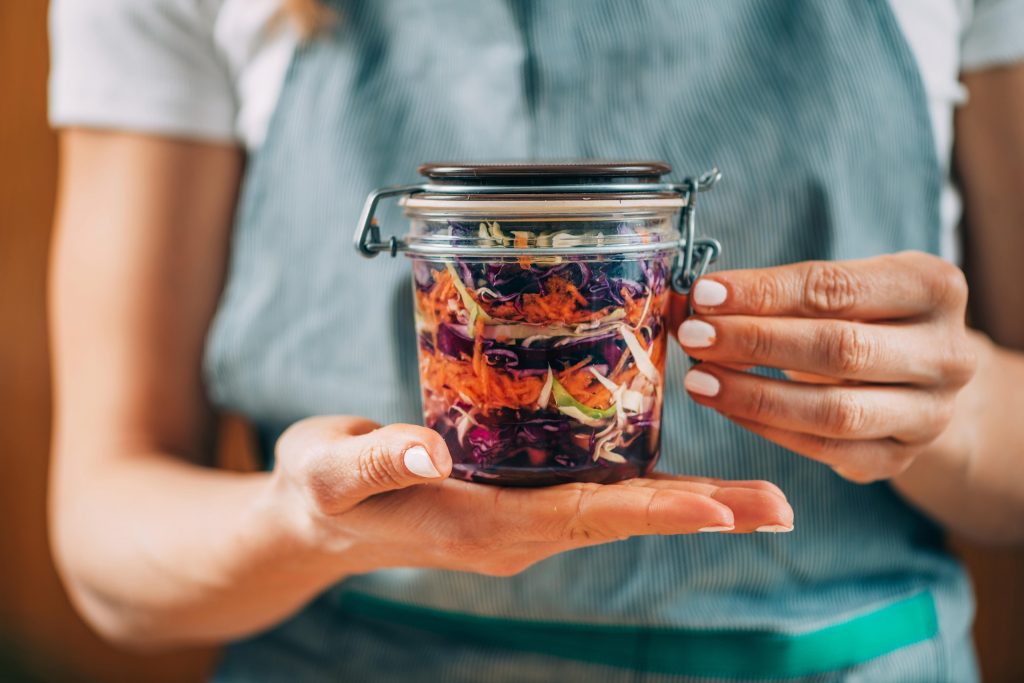
Conclusion
Accept the wonderful universe of fermented foods not only for their rich and distinctive tastes but also for their amazing health advantages that will change your diet. Simple to include into your everyday meals, these nutrient-dense foods—yurt, kimchi, sauerkraut—enhance everything from salads to major courses with their zesty acidity and textural complexity. From a fiery side dish to a creamy topping to a chilled drink, their versatility enables you taste them in many different ways and reaps advantages from improved gut health and easier digestion. A balanced and health-conscious diet must include fermented foods as they will enable you enjoy amazing tastes and support your body.
